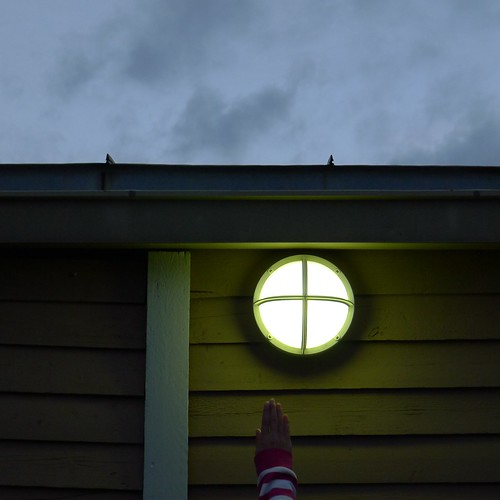I have been thinking about the book The Practice of Contemplative Photography: Seeing the World with Fresh Eyes by Andy Karr and Michael Wood (Shambhala, 2011). Of course, thinking is exactly the wrong thing to do, as the point of the book is to stop thinking with concepts, and instead perceive the world as it is, directly.
I like this book, it is so different from most books on photography, especially the how-to guides and the innnumerable recipies book.
While walking today I every now and then tried the first exercise in the book, which was about color, or more precisely, about seeing color. The idea is contemplative photography is "you can think before and after taking a photograph, not during it".
The photographs shown above were taken with "seeing color" in mind (or, as it should have been, out of mind).
So, focus, stop the conceptualization process ("It is getting cold", "What should we have for dinner tomorrow", "This is going to be a great photograph", ...), and then allow perception to take over while taking the photograph. See the world by being in the moment, don't give names to things, get rid of words - and instead embrace the direct experience of the moment.
The photographs in the book are rather simple, but often such that stop you in the tracks. I think Karr and Wood have practiced what they preach - and they don't really preach, but show how one can use photography as a way to see the world as it is.
My approach to photography is rather similar to what Karr and Wood demonstrate in the book, but there are also differences, and I was quite happy about this, as I thought that at least I have a little bit originality in my approach.
One of the things Karr and Wood suggest is to not use nature as a subject matter in the seeing color exercise (and also otherwise), because people get too fascinated by the "beauty" of nature, and are thus unable to stop the conceptualization. I don't really agree with this, as I have found it quite easy to stop thinking while taking photographs of natural subjects. But maybe it is not so for everyone.
Another thing which I do rather differently is the idea of taking notice of those moments when a sense of direct experience happens, when you stop pondering and live in the current moment. I haven't really approached my photography this way. Instead I use repetion. That is, I take a lot of photographs, and after a while I usually get into the flow, and start seeing, and stop (at least for some moments) the chatter that goes on in the head most of the time.
But in any case, I think this book is wonderful, and I have a lot of it still to be read, and a lot of avenues to explore.
So far the most surprising thing is how little nature photographs there are in the book - mostly man-made things, with some bits of nature (for example fallen leaves) thrown in. So I wonder: Is it really so hard to practice contemplative photography with nature as the subject?
need to pray
4 hours ago








2 comments:
With regards to the post I cannot add more other than to say that if I was still blogging it would have inspired me to write about some of my favourite artists, namely the surrealists. What you've written about reminds me very much about the techniques they used.
In any case I had to stop by and say that your photograph titled "Lamp" is genius.
@Cedric: Thanks! I was skillfully assisted by my daughter in shooting Lamp.
Post a Comment